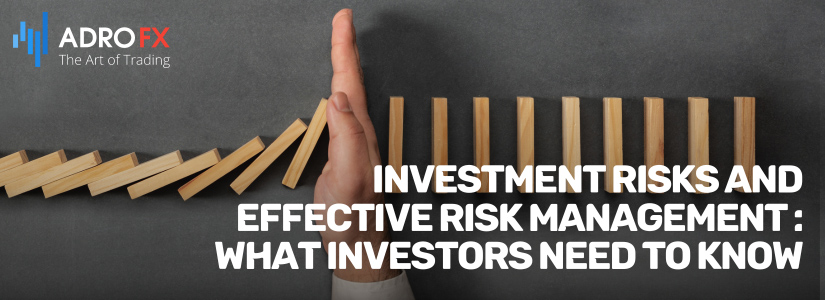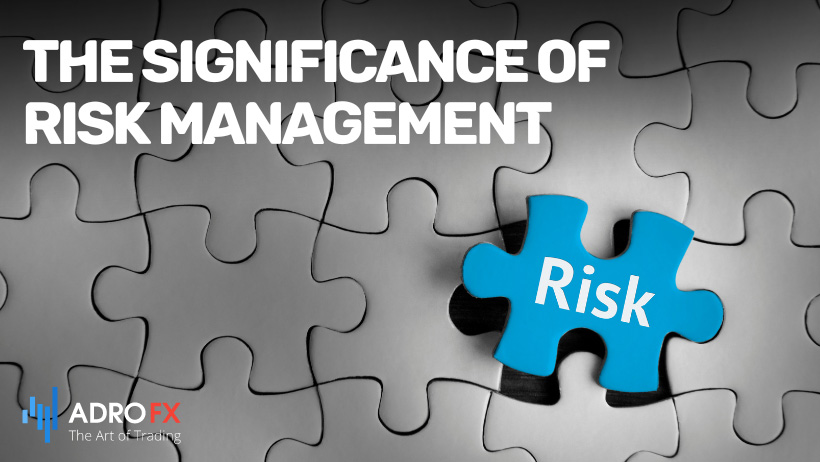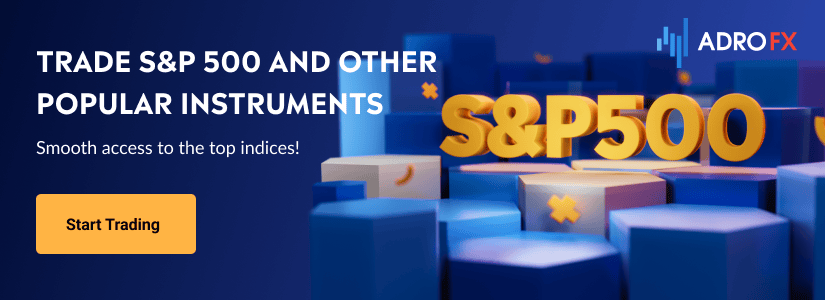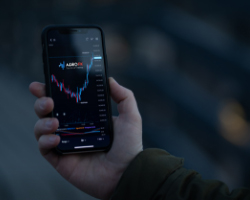Investment Risks and Effective Risk Management | What Investors Need to Know

In the dynamic realm of investments, understanding and managing risks are vital aspects that can make or break your financial endeavors. Two fundamental categories of risks prevail: systemic and non-systemic. Systemic risks can send shockwaves across entire industries, sectors, or economies, while non-systemic risks are localized and affect individual entities. Additionally, the concept of volatility is often intertwined with risk and plays a pivotal role in asset pricing. In this article, we delve into these key risk categories and how they intersect with different aspects of the financial world, from forex trading to the stock market.
Systemic and Non-Systemic Risk
Investment risk can be broadly categorized into two primary types: systemic and non-systemic. Systemic risk pertains to events that have the potential to impact an entire industry, sector, or economy, regardless of whether they originate within a single company or a group of organizations. A notable example of systemic risk is the 2007-2008 financial crisis, where a handful of large institutions endangered the stability of the entire financial system.
Non-systemic risk, on the other hand, involves losses experienced by a single individual or company that cannot be diversified. Legal proceedings, for instance, may result in substantial financial losses for a corporation, potentially affecting its stock value following an adverse court ruling. This type of risk is more likely to affect a single company rather than an entire industry, underscoring the importance of diversification as a risk management strategy.
Volatility and Its Implications
Volatility, often used interchangeably with risk, refers to the rate of change in an asset's price. High volatility suggests that an asset's value is equally likely to rise or fall, which can significantly impact a portfolio's overall worth. In the world of forex trading, where massive financial transactions occur, volatility is a common occurrence. This prompts some investors to explore strategies like the forex no-loss strategy to mitigate potential losses.
It's worth noting that assets with higher volatility are more susceptible to losses in a declining market compared to those with lower volatility.

Mitigating Risks in Derivatives
When dealing with derivatives such as options and futures contracts, clearinghouses play a vital role in ensuring that the obligations of any contract are met, even if one of the parties faces financial difficulties. However, there is always the potential risk that one party may not fulfill its financial commitments, potentially impacting bonds, trading transactions, or any other financial instruments dependent on another party's financial integrity.
Forex Risks: High Leverage and Interest Rates
In the realm of forex trading, where currencies are exchanged, investors have an advantage over stock traders who navigate a multitude of companies and sectors. However, the forex market carries its own set of risks, particularly due to the high leverage employed during volatile market conditions, which can result in substantial losses.
Interest rates also play a pivotal role in forex trading. Rising interest rates can make a country's assets more appealing, potentially strengthening its currency while declining interest rates might lead to currency depreciation as investors withdraw their funds. The intricate relationship between interest rates and currency values can result in substantial fluctuations in forex prices.
Transaction Risks and Forex Trading
Transaction risks are associated with the time lag between contract signing and settlement, which can lead to currency rate fluctuations. Since the foreign currency market operates 24/7, exchange rates can fluctuate even before a deal is concluded, leading to potential variations in currency values throughout the trading day.
Stock Trading: Company-Specific and Market Risks
In stock trading, investors encounter company-specific risk when investing in individual stocks. A company's underperformance or failure to meet revenue or earnings expectations can lead to financial losses. Market value can also decline due to poor operational results or if a company's growth prospects do not meet investors' expectations.
Companies may even face bankruptcy under severe conditions, resulting in the loss of invested funds. Diversification is an effective strategy to mitigate company-specific risk. The more stocks held in a portfolio, the lower the risk associated with any one stock. Mutual funds and Exchange-Traded Funds (ETFs) offer excellent options for diversification.
Stock trading is inherently exposed to market risk and volatility. Stock prices are influenced by supply and demand, just like any other market. While proper research and analysis can help reduce company-specific risk, it's important to acknowledge that no amount of study can make one a psychic.

The Significance of Risk Management
Risk management is a critical aspect of day trading, defined as the process of minimizing risks in the market while simultaneously maximizing returns. The primary objective is to prevent overexposure of your trading account to risks, ensuring you don't risk more than you can afford to lose. Successful traders consistently employ effective risk management strategies to safeguard their capital and achieve sustainable success.
So, how can you minimize your risks and avoid potential pitfalls? Here are some fundamental risk management strategies:
- Position Sizing
Position sizing involves determining the size of the trades you open. In contemporary markets, if a stock is trading at $10 and you have $10,000, you have options. If you invest the entire $10,000, you would hold 1,000 shares. If the stock value plummets to zero, you stand to lose your entire investment. Conversely, investing just $1,000 in the stock limits your potential loss to $1,000. This concept applies to the financial market, where opening large positions exposes you to more significant risks. While larger positions offer the potential for higher returns, they also come with elevated risks. Therefore, it's advisable to open smaller, more manageable trades.
- Appropriate Leverage
Leverage is the practice of borrowing funds to invest, commonly referred to as using "other people's funds." Many brokers provide leverage to traders, offering the potential for substantial earnings when trades go well. However, this approach also escalates potential losses when trades take a downturn. A common mistake among new traders is overutilizing the maximum leverage offered. To mitigate risks, opt for a conservative amount of leverage, reducing the likelihood of substantial losses. A notable example of the consequences of excessive leverage is Bill Huang, who lost over $20 billion in just two days due to excessive leveraging.
- Education Is Key
A common pitfall is diving into trading without acquiring the necessary knowledge and education. Many new traders mistakenly believe they can buy and sell without error. To avoid this situation, it is essential to dedicate time to learning about forex and the financial markets (as well as other assets). Education is a powerful tool for understanding market dynamics and avoiding common mistakes.
- Utilize Stop Loss Orders
A Stop Loss is a vital tool that enables automatic trade closure when a predefined price level is reached. Traders typically set this level based on their risk tolerance. Not using a Stop Loss when trading can be a grave error. Market conditions can change suddenly and dramatically, and a well-placed Stop Loss can minimize the impact of adverse market movements. Consider using a trailing Stop Loss, which moves with the market trend and secure gains.
- Avoid Trading Around Major Announcements
Trading around significant economic announcements can be highly unpredictable, as data outcomes and their implications for currency pairs are often hard to predict. A currency may experience sharp price fluctuations even after positive data is released. For beginners, it is advisable to steer clear of trading during these periods. Advanced traders may have strategies for navigating such situations, such as using bracket orders.
- Set Realistic Goals
Unrealistic expectations can lead to failure in forex trading. Setting the goal to double your account in a few days is often unattainable and risky. Instead, focus on gradual account growth by taking lower risks. Establishing a small risk/reward ratio, such as never risking more than 3% of your account on a single trade, can help you maintain realistic expectations.
- Consider Correlations
Understanding correlations between currency pairs is essential in forex trading. Certain currency pairs tend to move in the same direction due to underlying economic factors. Mastering these correlations can be a valuable skill in risk management and trade planning.
Incorporating these risk management strategies into your day trading routine can help safeguard your capital and increase your chances of long-term success in the financial markets.
Conclusion
In the intricate world of finance and investment, the ability to grasp and effectively manage risk is paramount for any trader or investor. By categorizing risks into systemic and non-systemic, understanding volatility, and implementing various risk management strategies, you can enhance your ability to safeguard your capital and achieve lasting financial success. As you navigate through the multifaceted landscape of investments, remember that education, thoughtful planning, and realistic expectations are your allies in mitigating potential pitfalls.
About AdroFx
Established in 2018, AdroFx is known for its high technology and its ability to deliver high-quality brokerage services in more than 200 countries around the world. AdroFx makes every effort to keep its customers satisfied and to meet all the trading needs of any trader. With the five types of trading accounts, we have all it takes to fit any traders` needs and styles. The company provides access to 115+ trading instruments, including currencies, metals, stocks, and cryptocurrencies, which make it possible to make the most out of trading on the financial markets. Considering all the above, AdroFx is the perfect variant for anyone who doesn't settle for less than the best.










